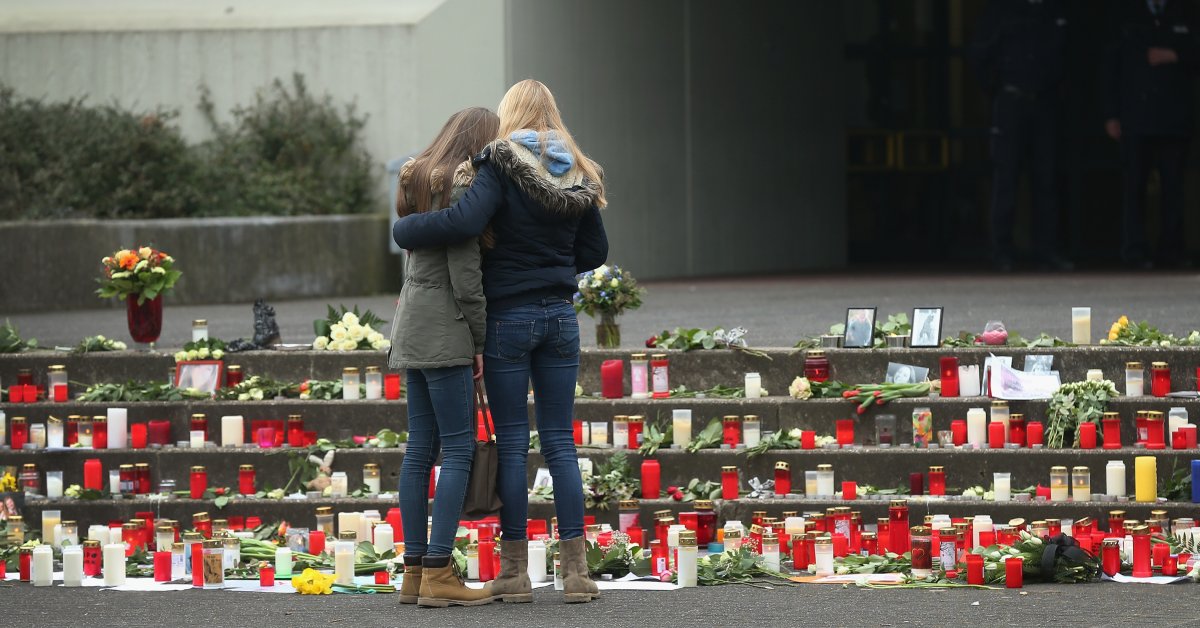EDIT: This thread is generated by @DoomMeister to move a discussion to its own thread from this thread Helicopter Scare/Transport Canada Investigating. This discussion has merit, but moved way off topic from the original topic. Please feel free to continue this discussion.
Riddle me this. How come full scale aviation doesn't have to deal with "lawsuits" when they crash down on people and property causing all manor of death and carnage???? Why is everyone concerned with a drone lawsuit, but not at all worried about a full-scale aviation crash lawsuit?
NONE of this "drone vs. full scale aviation" makes any sense whatsoever. It's like the 2-ton vehicle that crashes multiple times a year causing any number of deaths EVERY year is completely absolved of any "lawsuits," but the 3 lb. drone BETTER CARRY $2M insurance!!! AHHH!!
That's like insuring a tricycle for exactly the same amount as you would a semi. Makes zero sense.
Discuss.
D
Really not good if the LiPo batteries hit the crowd spewing fire! Also, even if you were not at fault, you would spend a fortune on legal fees defending yourself from a lawsuit or suits you would surely be named in.?
Riddle me this. How come full scale aviation doesn't have to deal with "lawsuits" when they crash down on people and property causing all manor of death and carnage???? Why is everyone concerned with a drone lawsuit, but not at all worried about a full-scale aviation crash lawsuit?
NONE of this "drone vs. full scale aviation" makes any sense whatsoever. It's like the 2-ton vehicle that crashes multiple times a year causing any number of deaths EVERY year is completely absolved of any "lawsuits," but the 3 lb. drone BETTER CARRY $2M insurance!!! AHHH!!
That's like insuring a tricycle for exactly the same amount as you would a semi. Makes zero sense.
Discuss.
D
Last edited by a moderator:







